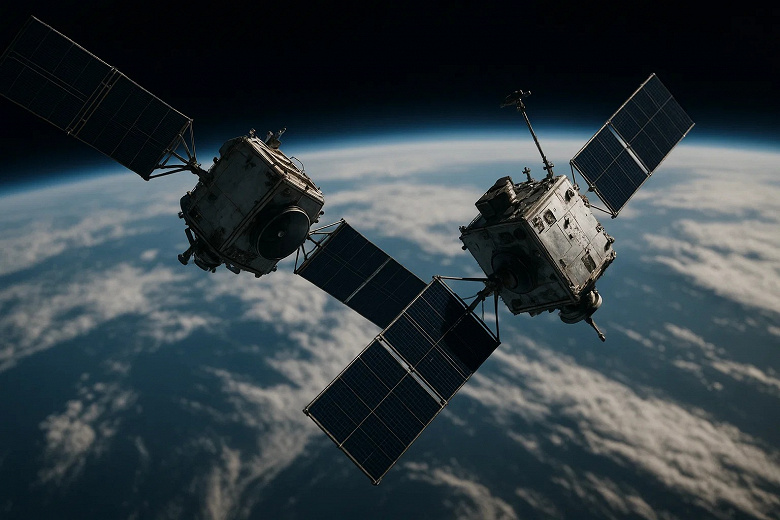In October, the China National Space Administration (CNSA) reached out to NASA to prevent a collision between American and Chinese satellites. Typically, NASA raises the alarm when its satellites approach Chinese ones. But this time, the dynamic shifted. Alvin Drew, NASA’s Director of Space Sustainability, remarked: “We even had a little celebration. For the first time, the China National Space Administration contacted us and said, ‘We see a close approach between our satellites. We recommend you hold your position. We will perform a maneuver.’” This cooperation occurred for the first time.
Low Earth orbit is rapidly filling up with satellites: SpaceX has already invested billions in the Starlink constellation, which has become instrumental in providing global internet connectivity. Meanwhile, a group of Chinese satellite networks plans to deploy up to 26,000 satellites by 2029, increasing the density and risk of collisions.

The costs of these projects are immense, and no one wants to risk a collision. According to the European Space Agency, about 40,000 large fragments of space debris are already present in low Earth orbit. One of them destroyed a Chinese military satellite. As of now, there is still no international plan for large-scale debris removal. Agencies like NASA and CNSA track debris, predict collisions, and maneuver spacecraft when the threat becomes real. With the number of satellites growing, the risks of collisions are also increasing. Despite the 2011 Wolf Amendment, which bans NASA from funding bilateral cooperation with China, information exchange regarding close approaches may become the norm.
Efforts towards international space debris removal are gaining more attention, with recent discussions emphasizing the urgent need for a coordinated strategy. Although significant agreements are still in development, the collaboration between space-faring nations continues to evolve, centered around shared space sustainability goals.









